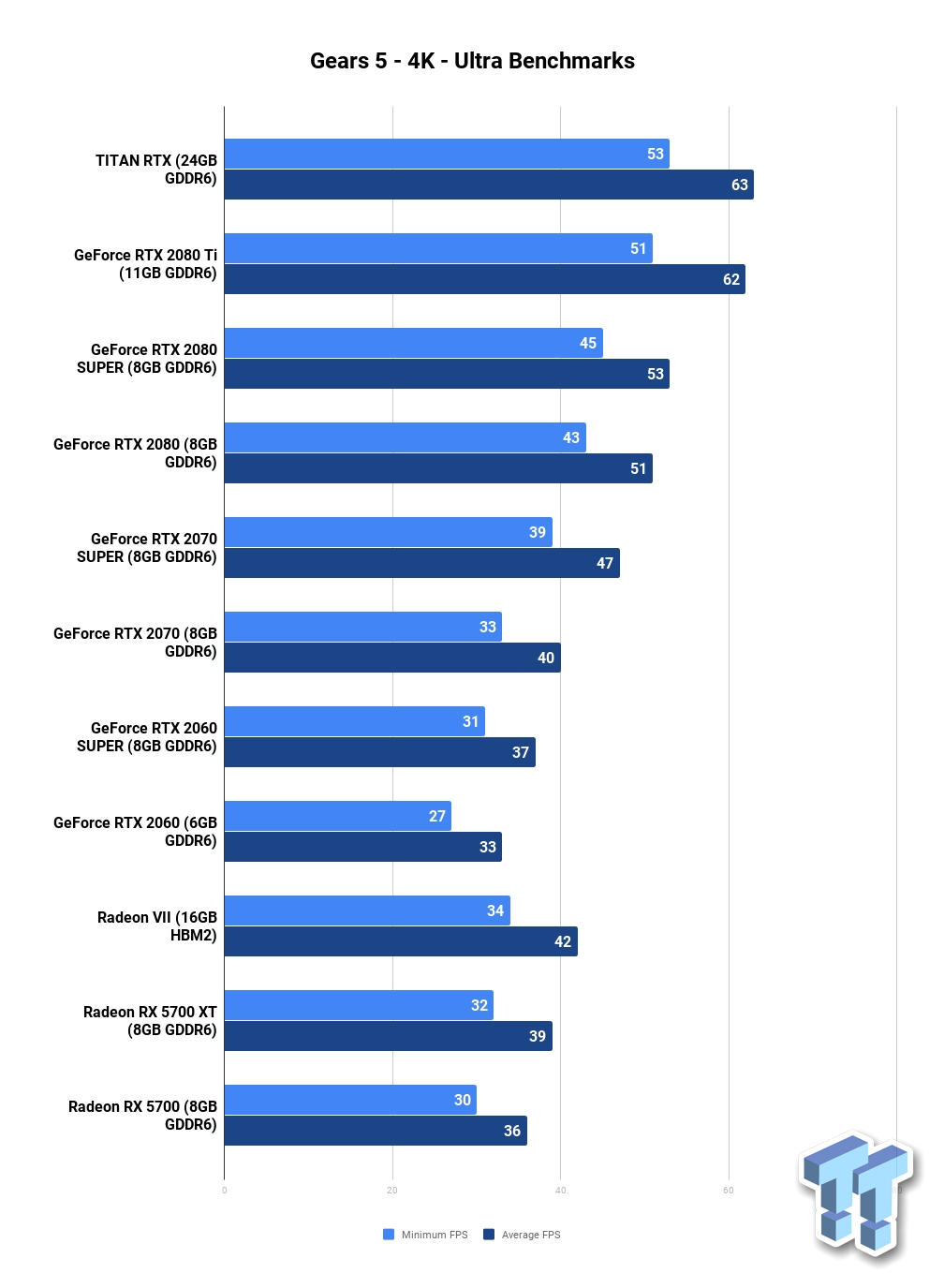No one's debating this man

We covered a lot of ground on the potential of performance for both these devices; it was a good discussion.
I do happen to think that XSX is in my mind, a little more 'locked' in terms of knowing what to expect from its performance. It can only go up (and not really down if you think about it) from when DF reported on it; so at least we have a baseline figure to work with. While I tried to profile PS5, at the end of the day, we don't have anything metric to really compare it against except to draw some further out conclusions with an older architecture running on PC.
I don't think there's more to discuss on this front until more information is unveiled. Currently focusing my attention back on texture compression to understand more about BCPack and Kraken, I do have questions, researching some answers right now.



 And to repeat, there will be things that PS5's approach is better suited for, there will be things that Series X's approach is better suited at. Because they're different.
And to repeat, there will be things that PS5's approach is better suited for, there will be things that Series X's approach is better suited at. Because they're different.